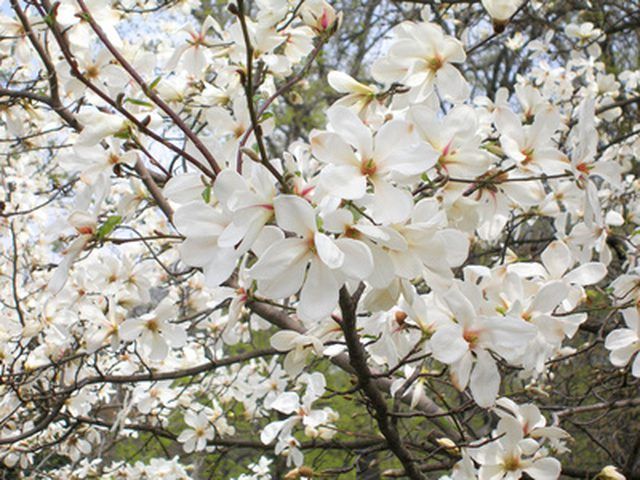Bulbs
Flower Basics
Flower Beds & Specialty Gardens
Flower Garden
Garden Furniture
Garden Gnomes
Garden Seeds
Garden Sheds
Garden Statues
Garden Tools & Supplies
Gardening Basics
Green & Organic
Groundcovers & Vines
Growing Annuals
Growing Basil
Growing Beans
Growing Berries
Growing Blueberries
Growing Cactus
Growing Corn
Growing Cotton
Growing Edibles
Growing Flowers
Growing Garlic
Growing Grapes
Growing Grass
Growing Herbs
Growing Jasmine
Growing Mint
Growing Mushrooms
Orchids
Growing Peanuts
Growing Perennials
Growing Plants
Growing Rosemary
Growing Roses
Growing Strawberries
Growing Sunflowers
Growing Thyme
Growing Tomatoes
Growing Tulips
Growing Vegetables
Herb Basics
Herb Garden
Indoor Growing
Landscaping Basics
Landscaping Patios
Landscaping Plants
Landscaping Shrubs
Landscaping Trees
Landscaping Walks & Pathways
Lawn Basics
Lawn Maintenance
Lawn Mowers
Lawn Ornaments
Lawn Planting
Lawn Tools
Outdoor Growing
Overall Landscape Planning
Pests, Weeds & Problems
Plant Basics
Rock Garden
Rose Garden
Shrubs
Soil
Specialty Gardens
Trees
Vegetable Garden
Yard Maintenance
Facts About the Star Magnolia Tree
Facts About the Star Magnolia Tree. Though native to Japan, the star magnolia tree survives well in many parts of the United States. It is a smaller, decorative tree that is striking in the spring when its foliage is in full bloom. The tree produces a fruit that is unobtrusive in both show and debris. It is used in landscaping and is available in a...

Though native to Japan, the star magnolia tree survives well in many parts of the United States. It is a smaller, decorative tree that is striking in the spring when its foliage is in full bloom. The tree produces a fruit that is unobtrusive in both show and debris. It is used in landscaping and is available in a couple different varieties.
Habitat
Star magnolias are expected to grow in zones 4 through 8, which covers most of the U.S. Areas in which it will not survive include Alaska, the northern parts of Montana, North Dakota, Minnesota and Maine. Florida, the southern parts of Louisiana and Texas, and the coastal part of California are also located in zones not fit for the cultivation of the star magnolia.
Appearance
In the spring, even before leaves form, white to pinkish flowers adorn the star magnolia. Flowers are 3 to 4 inches wide with 12 to 18 narrow petals per flower; they are faintly fragrant but extremely showy. New leaves emerge with a bronze tint and turn a dark green. Autumn leaf colors are yellow to copper. Collective fruit, brownish in color, opens to expose an orange red seed in early autumn. Also ornamental is the bark. The trunk is grayish in color and the twigs are a shiny brown.
Varieties
Varieties of the star magnolia include the Centennial, Rosea, Royal Star and Waterlily. The Centennial, released in 1972 by Harvardís Arnold Arboretum, grows to be about 25 feet tall. Itís a pyramidal plant with white flowers that have a hint of pink. The Rosea has light pink flowers and grows to a maximum height of 15 feet. Pink buds open to reveal white flowers on the Royal Star which grows to 10 feet tall; it is a common commercial preference. The Waterlily grows to 15 feet. It has fragrant light pink to white flowers that develop slightly later than the other varieties.
Landscape
Star magnolias arenít considered a large tree. They grow to a height of 15 to 20 feet. Generally they branch close to the ground and have a dense head with a width of 10 to 15 feet, because of this they will naturally create a flowering bush look. To create a "tree" look, the lower foliage can be cut to expose more of the trunk. The tree is used as a yard specimen, to decorate decks and patios, and to fill small spaces.
Management
Star magnolias grow in a variety of soils including clay, sand, and acidic soils. They have a moderate drought tolerance but no tolerance to salt or root competition. They need a lot of sun, some shade is okay, and regular doses of fertilizer help them stay healthy. It may be necessary to prune if branches develop canker disease. Frost can injure spring blooms.